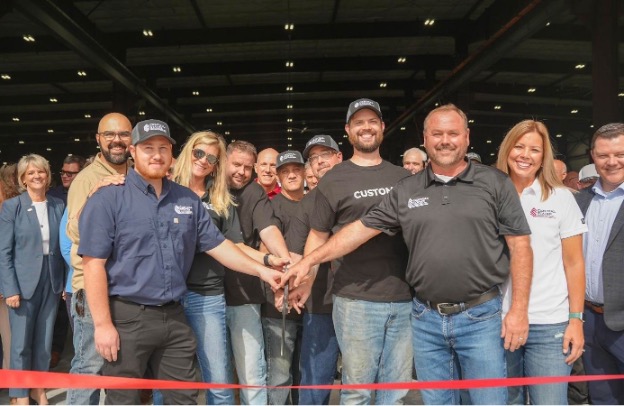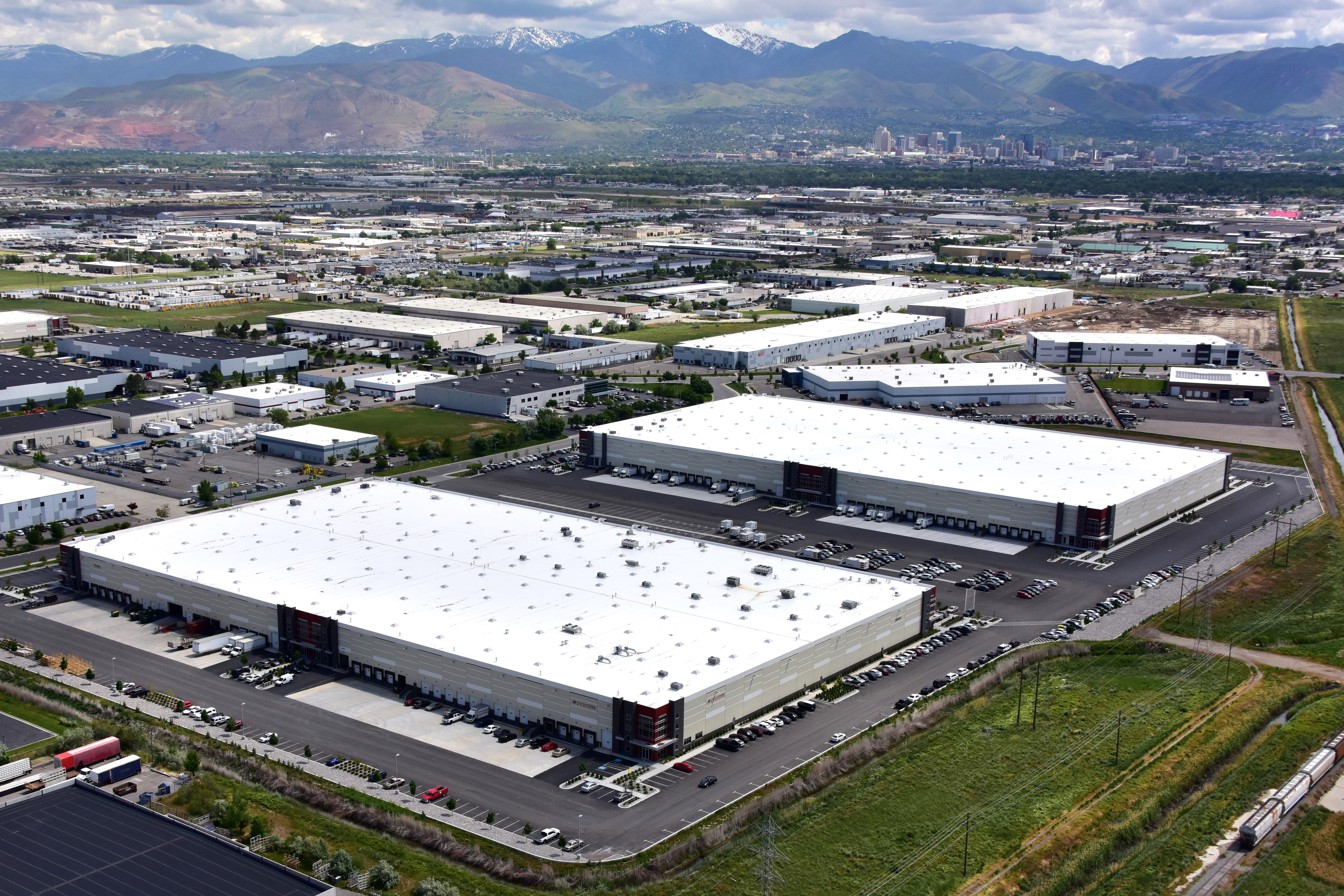The Growth Conversation at the Local Level

July 26, 2023
Utah’s population increase led the nation between 2010 and 2020, with much of the increase during that time coming from families already living in Utah. What makes our state appealing – such as access to the outdoors and a quality job market – also makes us grow.
According to a Utah League of Cities and Towns survey, 70 percent of respondents think the most important state issues are growth related. Envision Utah found that 42 percent of Utahns think growth is negative, while only 36 percent think growth is positive. Nobody likes being stuck in traffic, navigating a crowded trail, or curtailing water use. When someone says Utah is growing too fast, it makes sense to acknowledge these and other legitimate pain points and the realities of scarce resources in a desert climate.
You might also like "Guiding Our Growth: EDCUtah’s role in the Statewide Conversation on Growth in Utah."
EDCUtah’s city and county investors are often at the forefront of growth/no-growth conversations. We spoke to four local experts to learn their best practices for talking about growth with their constituents and planning for the future.
Marlin Eldred is the economic development director of Lehi City, which recently generated social media attention when Texas Instruments announced an $11B expansion in their community. “We hear from the business and resident community frequently. When it comes to announcing a successful corporate recruitment effort, we sometimes take the ‘win’ with arrows. We don’t shy away from the discussion–our approach is to be honest and open.”
Eldred also notes that Lehi’s strategy is to become more selective in what businesses the city goes after, particularly companies that have lower resource impacts in combination with higher-wage jobs. “I think the best path to support our future is with strategic and thoughtful growth, and to engage in the dialogue with residents.”
West Jordan’s economic development director Chris Pengra concurs. “West Jordan has some of the largest contiguous areas of developable land in Salt Lake County. We’ve been going through a structured process to determine what the best land uses are going forward. We know that restrictive zoning can only go so far. We know the land’s going to be developed eventually, so we want to be thoughtful about the uses considered and the fiscal impacts. We’re trying to balance the desires of the community with the need for economic sustainability.”
“The first thing that’s absolutely critical is to engage the community in conversation,” Pengra continues. “We have had success with this by going to neighborhood meetings, and listening to residents who may be adjacent to land that will be developed in the long term. Those meetings often result in insights that we may not have otherwise considered as we work with developers.”
Brigham City economic development director Paul Larsen has the growth conversation with his constituents almost daily. “It’s not unusual for an existing business to criticize an effort to bring a new business to town. Why, an executive may ask, are we recruiting new companies when the executive’s company has open positions that are hard to fill?”
To counter this attitude, Larsen points to Brigham City’s recruiting of NUCOR Building Systems, a steel building manufacturer. After years of engagement, Brigham City landed NUCOR Building Systems in 2006. The announcement was timely as several large employers, such as Orbital ATK, had just cut their workforce in the area. “Had the city not pursued NUCOR Building Systems, which has subsequently expanded several times more, the layoffs would have been especially severe,” Larsen says. “It helped us weather a downturn.”
Larsen’s response to business owners feeling the pinch of a tight labor market also includes a concept he calls “competing with the commute.” Many counties across the state see a significant portion of their workforce take a daily commute out-of-county. “How do you make your company more attractive to those workers who are spending 30, 40, 50 minutes or more in their cars twice a day?” Larsen remarks.
If you can successfully draw new employees based on the convenience of eliminating the expense and hassle of a daily commute, Larsen says, you also reduce traffic congestion, improve air quality, and keep more customers in your area to support your small retail businesses. The task for local economic developers is to help existing businesses overcome hurdles such as labor availability.
Rusty Hughes, director of economic development for Washington City, has seen their communication efforts make a difference. “Washington City is 98 percent residential. Our residents all drive out of our city for goods, services, and jobs, so we’re part of the traffic problem,” she says.
“In our presentations to residents and at public meetings, we continually emphasize the need for commercial development to allow the city to fund public safety, parks and trails, good roads, and other quality-of-life elements. It’s taken some time, but I’m seeing attitudes about commercial development change. The more data we collect and communicate about the positives of commercial growth, the more attitudes shift. First and foremost, people want to be informed.”
Hughes expects the “long game” to pay off as the city brings attractive freeway-frontage development opportunities to the market in the near future.
These strategies to help communities take care of their homegrown businesses and manage growth over the long term are frequent subjects of the EDCUtah Development Ready Communities training program, available to EDCUtah public sector investors. Learn more here: https://www.edcutah.org/investors/for-communities
“Building Together” highlights examples of the collective impact of EDCUtah and our investors in communities across the state. Do you have a story you’d like us to share? Email connect@edcutah.org.






